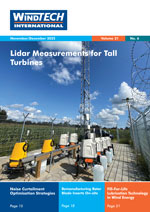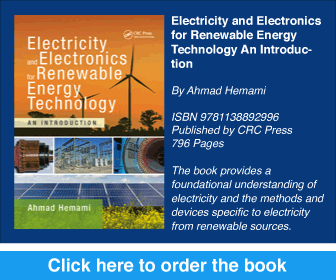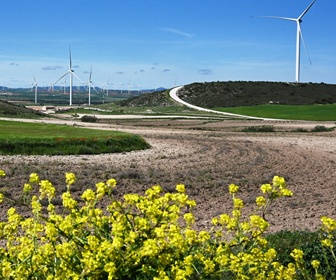- Category: Articles
![Figure 1. Example application of super-resolution models in natural image enhancement (source: [1]) Veer Fig1 new](/images/stories/Features/2025Features/MarchApril25Images/Veer-Fig1-new.jpg)
Turning Blurry Wind Data into Crystal-Clear Insights
Deep learning has been a game changer in many industries, from autonomous vehicles to natural language processing. Now, this powerful technology is making waves in the renewable energy sector, specifically in the creation of high-resolution wind resource maps using super-resolution models. These maps are vital for wind farm developers to optimise turbine placement and accurately estimate energy production.
By Mike Optis, Veer Renewables, and Jacob Schnell, University of Waterloo, Canada
- Category: Articles
Utilising Bi-Wave Ultrasonics and Machine Learning
Maintaining bolt preload is critical to ensure the structural integrity of a wind turbine. Current non-destructive testing approaches for estimating bolt tension, such as ultrasonic elongation measurements, are impractical on a large scale for new and in situ bolts. However, the limitations of elongation measurement techniques (untensioned baseline measurements, compounding errors from material and environmental variation, and complex calibrations) can be overcome by combining bi-wave ultrasonics technology and machine learning.
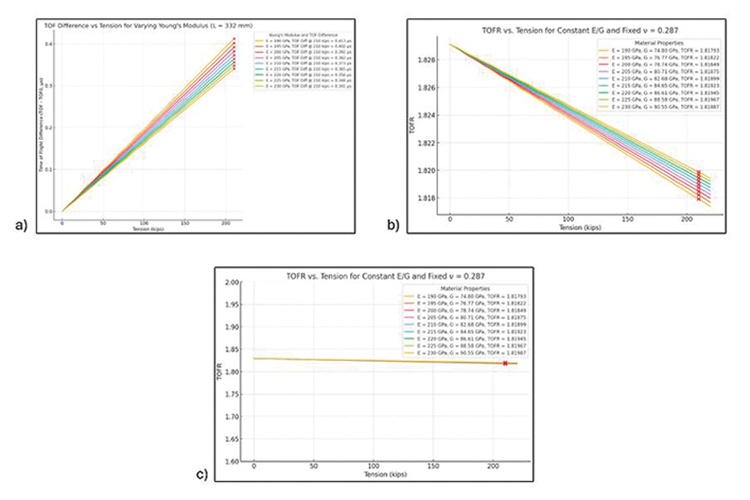
By Joshua Scott, Director of Research and Innovation, Predictant, USA
- Category: Articles
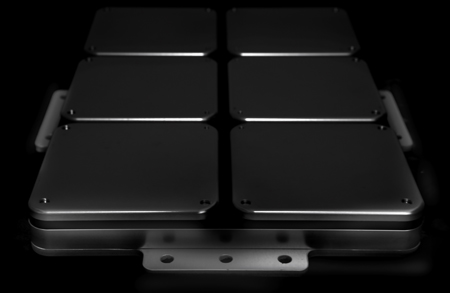 New Study Shows Dramatic Reduction at Canadian Wind Energy Projects
New Study Shows Dramatic Reduction at Canadian Wind Energy Projects
Wind energy is critical to a sustainable future for our planet. While the benefits of this energy source are numerous, one unintended consequence of the transition to wind energy is the impact wind turbines have on bats. Bats are remarkably important animals that have far-reaching ecological and economic impacts. As factors such as habitat loss and disease have led to rapid declines in bat populations, it is critical to address the additional risks from wind turbines.
By Brittany Good, Senior Marketing Specialist, NRG Systems, USA
- Category: Articles
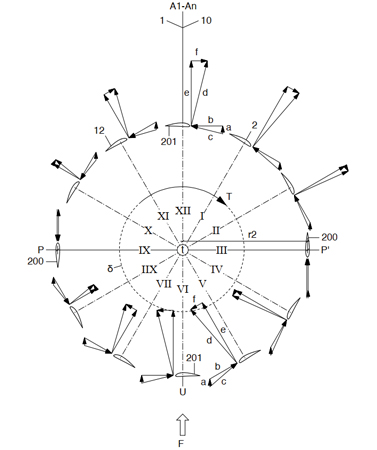 Harnessing Wind Energy Twice per Revolution
Harnessing Wind Energy Twice per Revolution
Vertical axis wind turbines (VAWTs) are gaining attention as an alternative to traditional horizontal axis designs because of their ability to capture wind from all directions and reduced visual impact. However, existing VAWT configurations often suffer from performance and structural limitations, hindering their widespread use. This study analyses state-of-the-art VAWT technologies and proposes an innovative framework to address these issues and improve performance. The design integrates advanced aerodynamics, robust structural support, efficient drive mechanisms, and electromagnetic stabilisation to optimise energy conversion and versatility. Key features, such as variable blade positioning and adaptive aerodynamic profiles, enhance energy extraction, grid integration, and resilience. This research demonstrates the potential of integrated VAWT technologies to overcome challenges and enable sustainable energy generation, showcased by four distinct VAWT designs, each with unique characteristics.
By Professor Friedrich Björn Grimm, Founder, RES Institute, Germany
- Category: Articles
Lidar and Ultrasonic Anemometers Enhance Wind Measurement Accuracy and Propulsion Efficiency
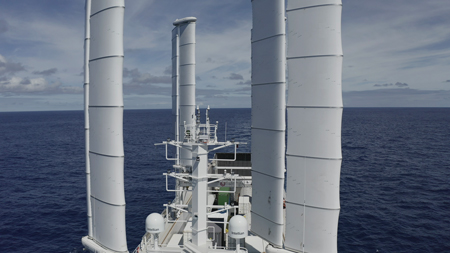 Wind propels innovation not just in power generation but also in other sectors such as maritime transportation. While wind turbines capture the power of air currents to generate electricity, the maritime industry increasingly harnesses wind energy to move ships across the seven seas. With the maritime industry prioritising decarbonisation goals, wind-assisted ship propulsion (WASP) presents a promising approach for reducing vessel emissions. Much like the wind energy industry relies on precise meteorological data for optimal site assessment and turbine efficiency, WASP systems demand accurate and reliable wind measurement for maximum thrust. Recent research indicates a significant evolution in how the industry approaches wind measurement and optimisation, particularly emphasising advanced sensing technologies and data integration strategies. Lidar systems, widely used in wind energy generation to assess potential sites and monitor turbine performance, are now being adapted for use at sea.
Wind propels innovation not just in power generation but also in other sectors such as maritime transportation. While wind turbines capture the power of air currents to generate electricity, the maritime industry increasingly harnesses wind energy to move ships across the seven seas. With the maritime industry prioritising decarbonisation goals, wind-assisted ship propulsion (WASP) presents a promising approach for reducing vessel emissions. Much like the wind energy industry relies on precise meteorological data for optimal site assessment and turbine efficiency, WASP systems demand accurate and reliable wind measurement for maximum thrust. Recent research indicates a significant evolution in how the industry approaches wind measurement and optimisation, particularly emphasising advanced sensing technologies and data integration strategies. Lidar systems, widely used in wind energy generation to assess potential sites and monitor turbine performance, are now being adapted for use at sea.
By Floriane Grussenmeyer, Sales Manager for Maritime, Weather and Environment, Vaisala, France
- Category: Articles
Century-Old Theory Receives a Physics-Based Update
Momentum theory, developed in the late 19th century, is the fluid dynamics foundation for modelling power, forces, and wake properties of a wind turbine. However, turbines often operate in regimes where classical momentum theory breaks down, requiring empirical corrections. Here, from a paper published in the journal Nature Communications, the authors present a physics-based theory derived from first principles which replaces these empirical corrections, creating a new foundation for turbine rotor modelling.
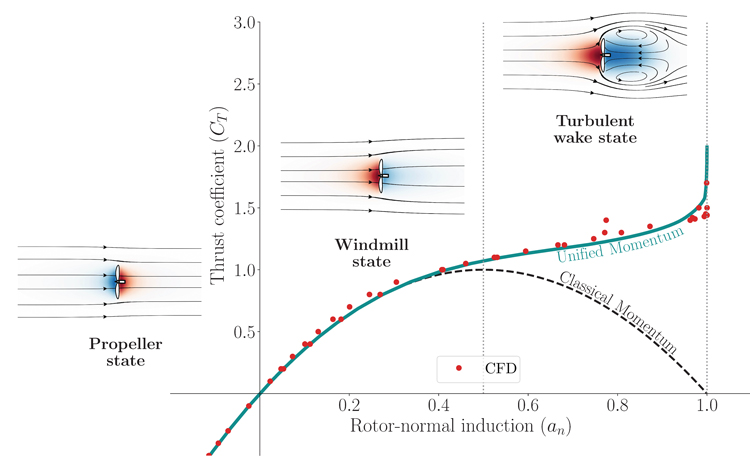
By Kirby Heck, Jaime Liew and Michael Howland, Massachusetts Institute of Technology, USA
- Category: Articles
A New Frontier in Renewable Energy Innovation
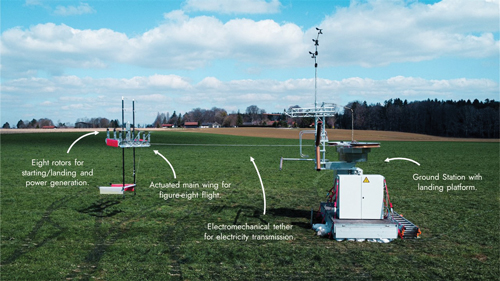
As renewable energy companies race to be at the forefront of the energy transition, the future is converging into a combination of photovoltaics, wind and storage. Innovation in the established wind sector has been slow with a tendency to upscale existing three-bladed turbines. Industry leaders continue to have problems with their technical development and deployment and are expected to not be able to meet future production demands required by the renewable energy development plans formulated by the European Union. Driven by the urge to accelerate the manufacturing and deployability of wind energy solutions, new players enter the field with creative and improved technologies. Kitekraft is leading the way with a radically different approach to harnessing the power of the wind: flying wind turbines.
By Christoph Drexler, Co-founder and Head of Business Development, Kitekraft, Germany
Windtech International wants to make your visit to our website as pleasant as possible. That is why we place cookies on your computer that remember your preferences. With anonymous information about your site use you also help us to improve the website. Of course we will ask for your permission first. Click Accept to use all functions of the Windtech International website.



